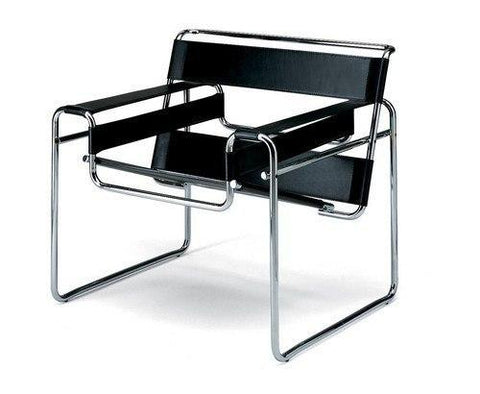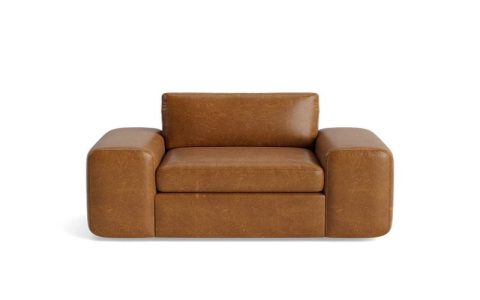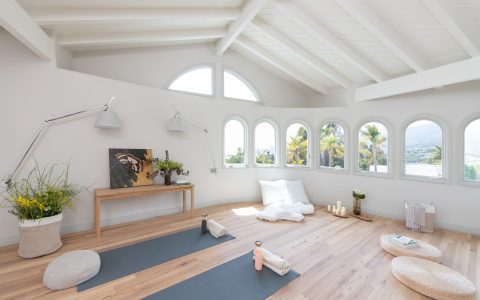Bauhaus chair design, emerging from the influential German art school (1919-1933), revolutionized furniture by prioritizing functionality, mass production, and the use of modern industrial materials. The core tenet was "form follows function," leading to pieces that were both aesthetically innovative and practical.
Key Design Principles
Bauhaus chairs are characterized by their geometric simplicity, lack of ornamentation, and an honest expression of materials and structure. Designers aimed to create objects that were accessible, affordable, and suitable for modern living. This often involved exploring new manufacturing techniques and materials previously uncommon in furniture design.
Pioneering Designers and Iconic Chairs
- Marcel Breuer: A central figure, Breuer famously used tubular steel inspired by bicycle construction. His Wassily Chair (Model B3), with its frame of bent steel tubes and leather or canvas slings, is a landmark of modern design. He also designed the influential Cesca Chair, one of the earliest cantilevered chair designs to achieve widespread popularity, combining a tubular steel frame with a caned or upholstered seat and back.
- Ludwig Mies van der Rohe: Known for the phrase "less is more," Mies designed chairs that exuded elegance and structural clarity. The Barcelona Chair, created with Lilly Reich for the German Pavilion at the 1929 Barcelona International Exposition, features a distinctive chrome-plated steel scissor frame and quilted leather cushions. His Brno Chair, also a cantilevered design, was conceived for the Tugendhat House and is recognizable by its C-shaped or S-shaped profile in flat or tubular steel.
- Mart Stam: While Breuer and Mies also developed cantilevered chairs, Dutch architect Mart Stam is often credited with designing one of the earliest rigid, cantilevered tubular steel chairs around 1926, significantly influencing subsequent designs.
Materials and Construction
The Bauhaus movement embraced materials that reflected an industrial age:

- Tubular Steel: Chrome-plated or nickel-plated steel tubing was a hallmark. It was strong, lightweight, and could be bent into continuous lines, enabling new forms like the cantilever.
- Leather and Canvas: Often used for seats and backs, stretched tautly across frames to provide support and comfort with a minimalist aesthetic.
- Wood: While steel was prominent, bentwood and simple, geometrically shaped wood components were also utilized, sometimes in combination with metal.
Defining Characteristics
- Functionality: Ergonomics and utility were paramount.
- Geometric Forms: Emphasis on circles, squares, and rectangles, avoiding decorative embellishments.
- Structural Honesty: The construction methods and materials were often visibly part of the design.
- Lightness and Transparency: Open frames and minimal use of material contributed to a sense of visual lightness.
Enduring Legacy
Bauhaus chairs remain highly influential, their designs timeless and frequently reproduced or reinterpreted. They laid the groundwork for much of mid-century modern and contemporary furniture design, demonstrating how industrial processes and materials could create beautiful, functional, and enduring objects.







